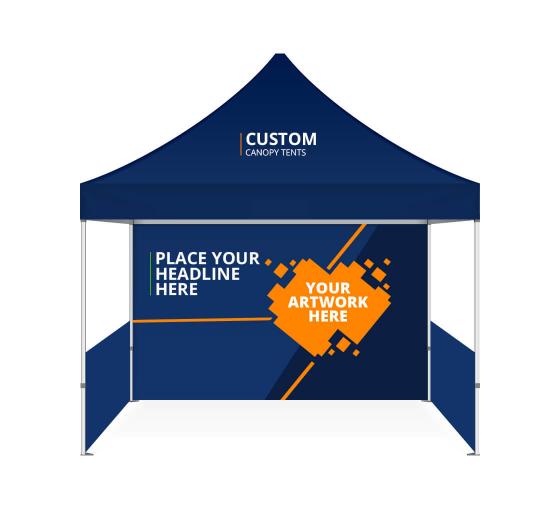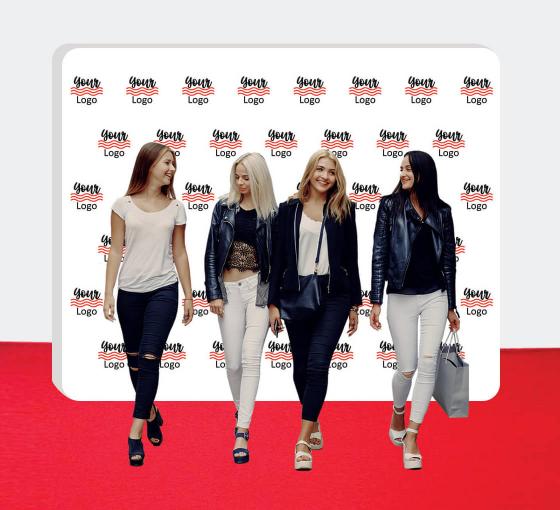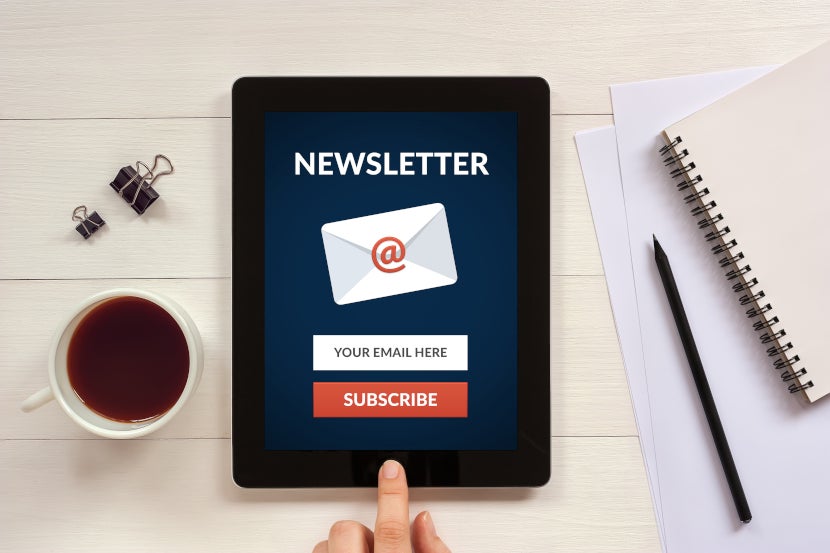
So, you want to start a newsletter. It’s a great idea. Newsletters, both print and digital, are a fantastic way to deliver relevant, meaningful content to your customers as well as drive increased traffic to your website. But before you get started, there are some steps you need to both consider and take when creating your new marketing powerhouse.
Newsletters engage your audience and despite being an ostensibly one-way communication tool they actually create the emotional connection of a conversation. Your readers appreciate the valuable information you give them. Newsletters are by their nature a personal communication, targeted, and when done correctly, consistent communication. And if you look at your newsletter through that lens, you can begin to optimize it by encouraging their active participation in a back-and-forth dialogue as well.
Are You Talking to Me?
Start by asking yourself who your readers are. What is important to them. Put yourself behind their desk and try to understand what their job entails. The decisions they have to make. What would you focus on in their position? What would drive revenue? Once you’ve created a very detailed persona for whom you are writing, the rest of the process starts to fall into place.
Name That Tune
Knowing and intimately understanding your customers/audience leads directly back to you. Don’t write about just anything. Give your newsletter a focus, a defined purpose that speaks to that persona you’ve spent hours creating. It needs to inform them, engage, and entertain, and both keep them coming back as well as be more curious about your company. As you can see, these first few steps are not easy. They’re probably the hardest steps, but they’re also the most important.
The Q&A Game

Now that you’ve done all that groundwork, you need to ask yourself these questions:
- What is my purpose for creating an email newsletter?
- What is the end result I’m looking for for my company?
- Is all the work I’ve done adding value for my audience?
- What is the total amount of man-hours, resources, and hard costs that I need?
- Once it’s written, how will we promote it?
- What are the key indicators we’ll use to measure its impact and, hopefully, progress?
Simplicity
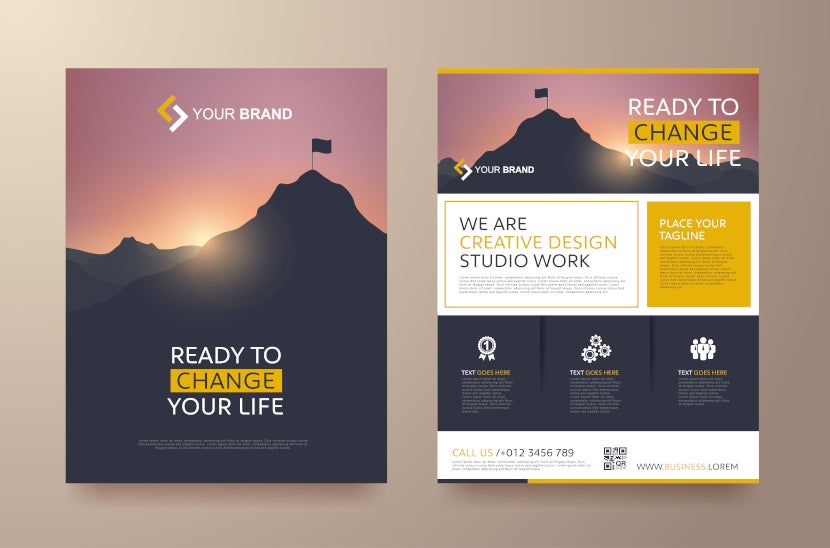
This is twofold. Your images should be professional but not overbearing – but also not non-existent. Images should be relevant and preferably lifestyle shots versus graphics. Infographics, however, are a great way to engage both visually as well as analytically, activating more parts the brain which in turn drives engagement as well as retention. If you feel you’re overmatched, many printing and e-service companies offer design services. For printed materials, you should also consider novel and unique ways to deliver your content. Brochures and booklets carry with them an automatic gravitas that adds importance to their contents.
When it comes to the writing… Oftentimes businesses will get so caught up in the intricacies and technical workings of their field that they forget that reading that is… boring. Your newsletter needs to be fun. Bouncy even. It should be a light ready with topics broken down into bite-sized pieces that are easy to read, digest, and put into action.
You’re Not the Only One, You Know
Too often newsletters fails to cite third-party resources, whether they be experts in your field or related fields. Citing these sources, particularly if data is important to your topic, only serves to strengthen your expertise by demonstrating equally compelling information that supports your position. That helps turn an opinion into an informed, expert analysis. It also subconsciously aligns your brand with experts in the minds of your audience. That’s never a bad thing.
Connect
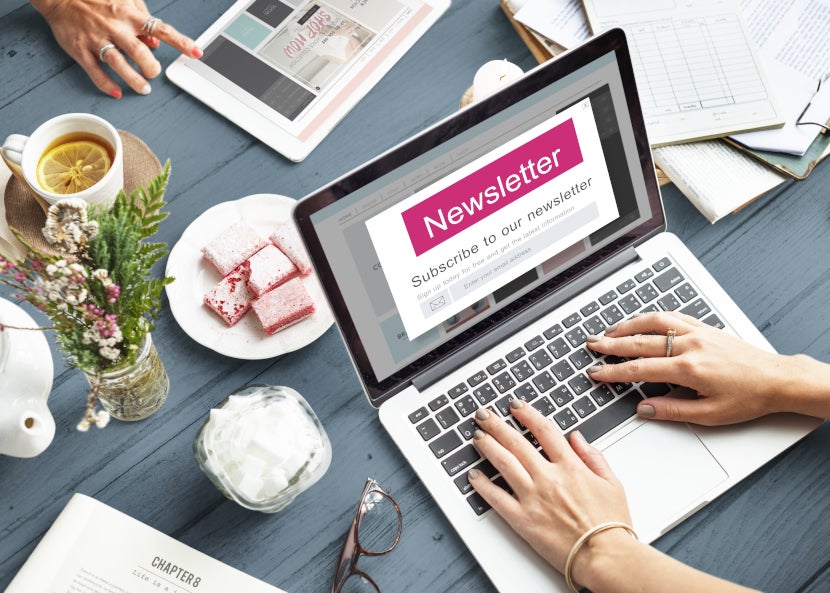
If you send out a printed newsletter, adapt it, and turn it into an e-newsletter as well. And vice versa. The additional cost is minimal, but the amplification of your expertise is dramatic. Reach more customers. Gather a growing audience. Build the framework upon which you can expand even further (we’ll get to that in a minute).
Be Relevant
Your newsletter shouldn’t just keep up with the times, it should lead them. It should be at the forefront, commenting on relevant and trending topics or events, and then be prescient enough to then offer insight on where that information will lead us. Will it change the landscape? Will it alter the way we see things? You might even find other third-party experts who agree with you…
Ask What Your Audience is Thinking

Solicit the opinions of your readers. Make responding easy by offering a dedicated email address, whether the newsletter is in print or digital or both. You can also create a dedicated landing page where your audience and customers can go to both write their answers as well as upload videos. Make sure in so doing the legal language is part of the site so that they know by providing their opinion they are giving you consent to use their responses and videos in materials as you deem necessary/fit.
Create a Newsletter Built Solely on Responses
Now you’re taking the integrated, conversational nature of your newsletter up several notches. Now it’s about the experiences of your audience & customers’ peers. They can learn from each other and your business is the conduit through which they do so. That makes you a connector. That makes you invaluable. That makes you a trusted source of community. And that’s a huge win.
Use the Power of Social Media
The insights and information you provide should be broadcast through your social channels. These should connect with your newsletters. Images from both your printed and e-newsletter should be used. Offer to sign up for either. Make your social posts dynamic and interactive. Do whatever you need to demonstrate that when it comes to the crop, you’re the cream.


 Posted in
Posted in  Tags:
Tags: 
